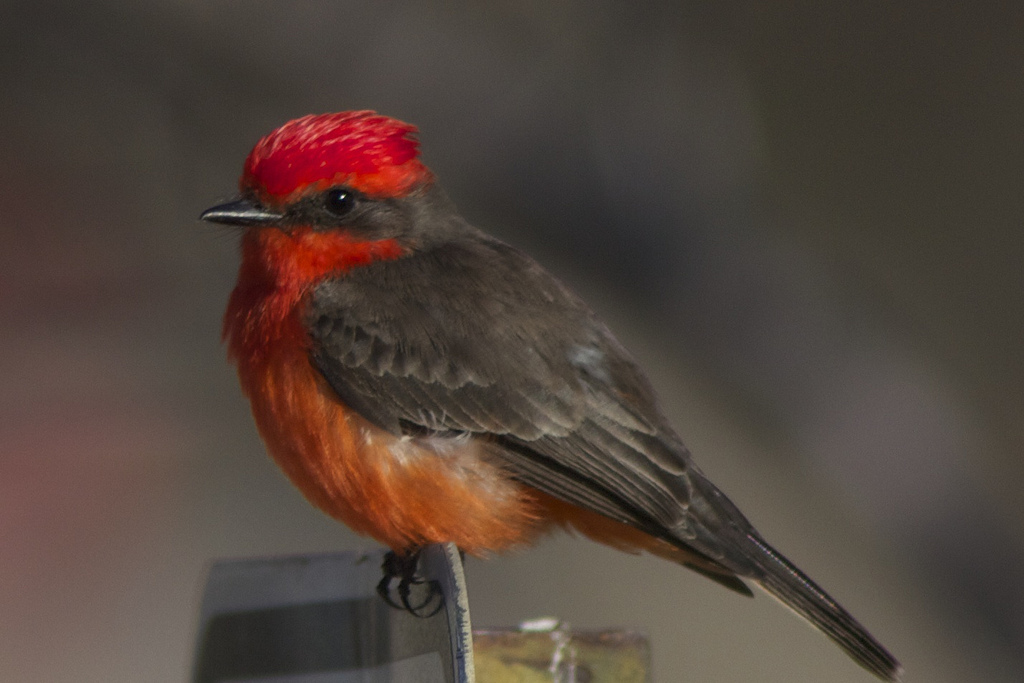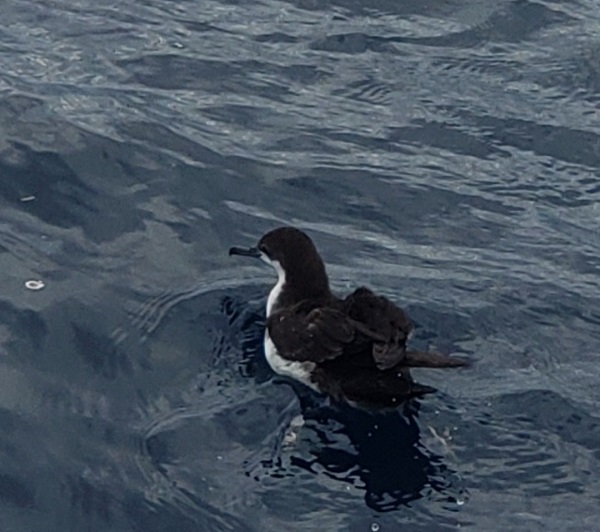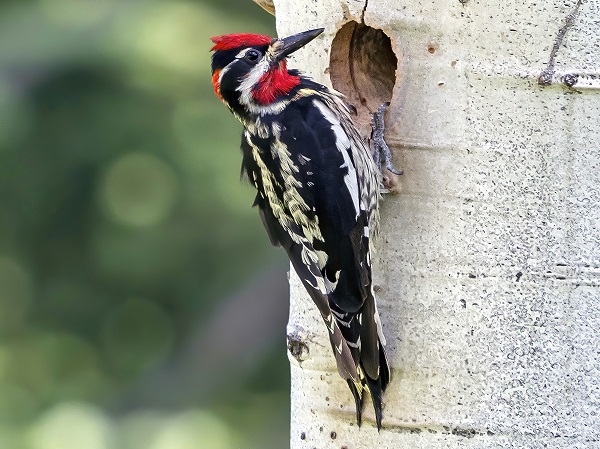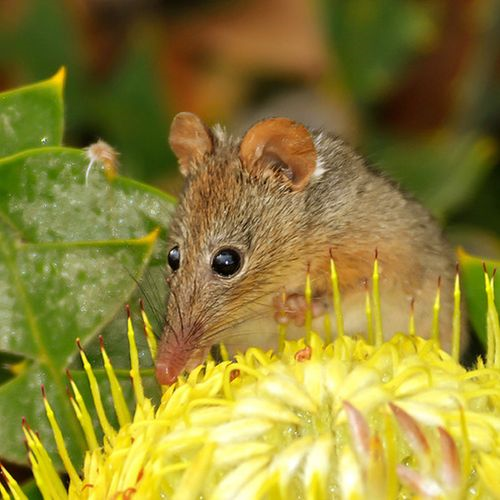by Melissa Hudnall
Texans! Want to see exotic birds? Look out the window! Want to see 250,000 bats? Just go outside tonight and look up! As a wildlife teacher and outreach presenter for the museum, I’ve had a chance to talk with future generations about the amazing wildlife found in Texas. Usually students think you have to travel to exotic lands to see the really cool animals, and they’re shocked to hear about all of the incredible animals they’ve been living right next to in Texas.
That’s why I was excited to see the new HMNS at Sugar Land exhibit Treehouses: Look Who’s Living in the Trees!, because it makes these critters more accessible and feeds a natural curiosity that most children already seem to have about wildlife. After visiting this exhibit, young naturalists may start asking questions like, “Who made those track marks?” and exclaiming things like, “I know what that scat came from!”, which would make any parent’s heart swell with pride. Luckily, Texas is the perfect place to raise a young naturalist.
Look in our trees and under our bridges, and you might have a chance to see the only true flying mammal: bats! (Sorry, “flying” squirrels. Gliding doesn’t count.) Texas has tons of bats. In fact, we have so many that they are often picked up on radar used for weather reports.

Radar around the Bracken Cave in San Antonio shows a cloud of bats. Every blue dot is one in flight.
Everyone’s heard about the Ann W. Richards Congress Avenue Bridge in Austin and the Bracken Bat Cave in San Antonio, but visit these locations in the winter and you might be disappointed to find they have migrated for the season. Drive just 15 minutes away from the Houston Museum of Natural Science, and you can see bats year round at Waugh Bridge. This bridge has roughly 250,000 Mexican free tailed bats who would love to meet you. Before you go, be sure to get them a Thank You card, because the bats under this one bridge in Houston eat up to 2.5 tons of insects each night!

This Mexican free-tailed bat might look cute and cuddly, but don’t pick them up like you see in this picture. Being mammals, they can carry rabies. Report any bats that you find on the ground in the day time or behaving strangely. They could be sick.
This is the perfect season to visit Waugh Bridge, as baby Mexican free tail bats test out their flying skills for the first time in early July. Just be sure to watch nearby towers for local birds of prey, such as red-tailed hawks and peregrine falcons, who are keeping a watchful eye on these bats as a source of food.

This peregrine falcon can reach speeds of 200 mph diving to catch its prey. This is a preserved specimen that travels to school with our Wildlife on Wheels program. Sahil Patel
In fact, Texas is a huge birding state. Individuals travel from all over the United States just to see the colorful migrants that pass through here, like Cerulean Warblers, Golden-cheeked Warblers, and Vermillion Flycatcher. Our Farish Hall of Texas Wildlife does a really nice job of highlighting some of the phenomenal birds that pay us a visit, for those of us (me) who do not have the patience for actual birding.
Another adorable, and partially arboreal animal is the North American Porcupine.
Looking for a kiss under the mistletoe this winter? This rodent is happy to oblige. Porcupines have been known to slowly amble up trees in search of mistletoe and pine needles when their preferred shrubbery is coated with snow. However, you may wish to rethink this close encounter, not only because of their dangerous defensive quills, but also because of their orange teeth.

The orange coloration of the North American porcupine’s incisors is due to the high amount of iron in their enamel.
These teeth are not orange due to poor hygiene, but rather because of iron found in the enamel. This iron oxidizes, forming a rusty color. It’s the same reason your blood is red.
So Texans, get your wildlife education with HMNS and HMNS Sugar Land, then go out and explore! After all, now that you know their home address, it would be rude to ignore your neighbors…










